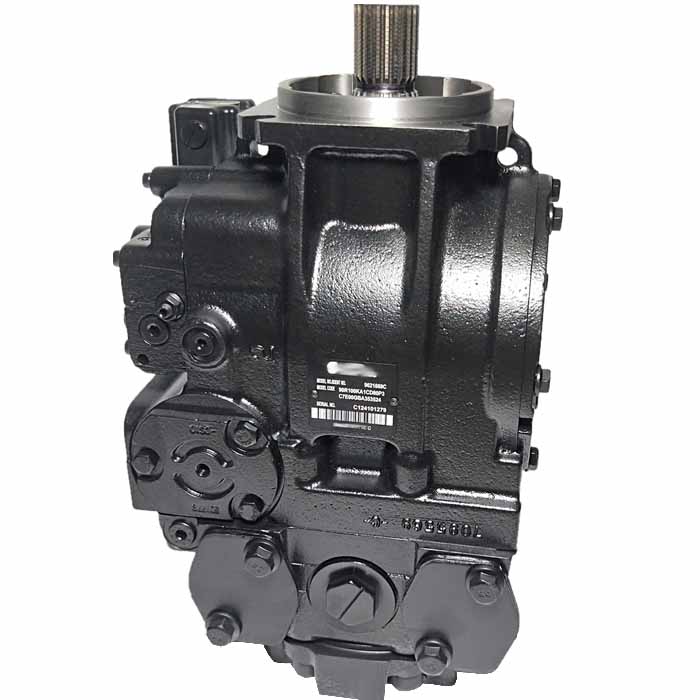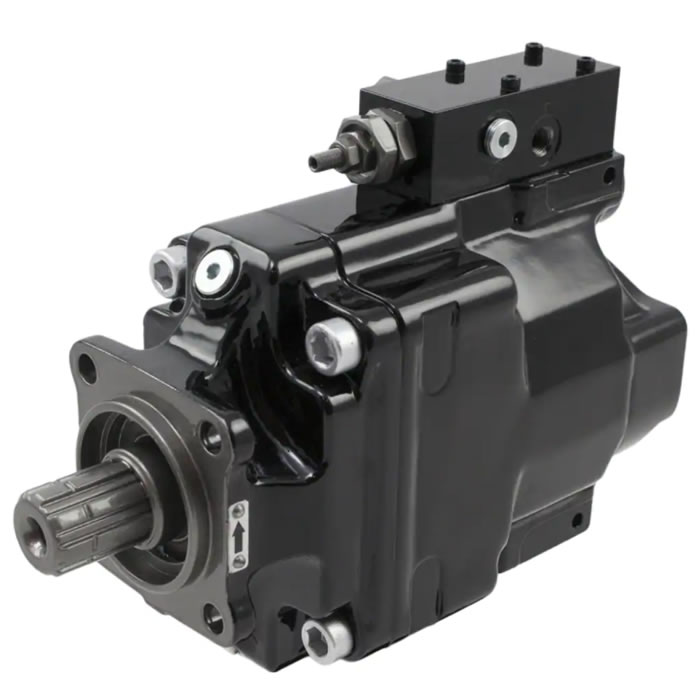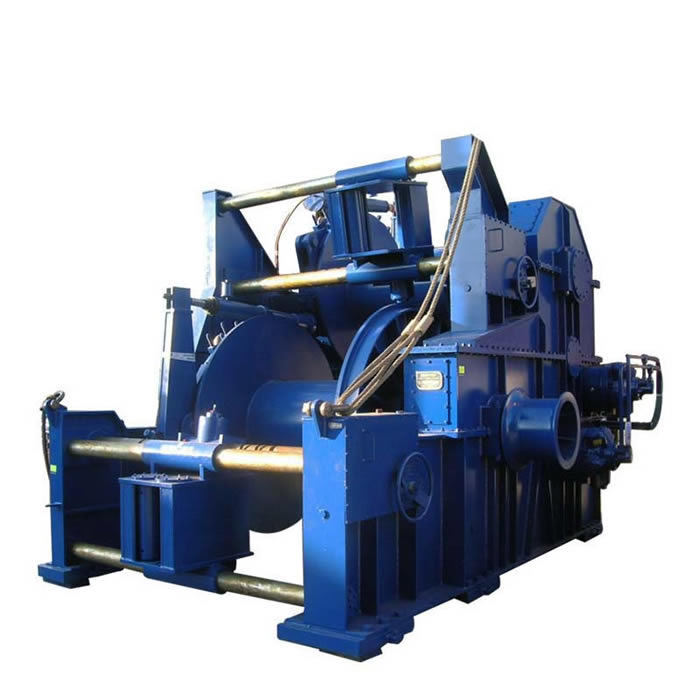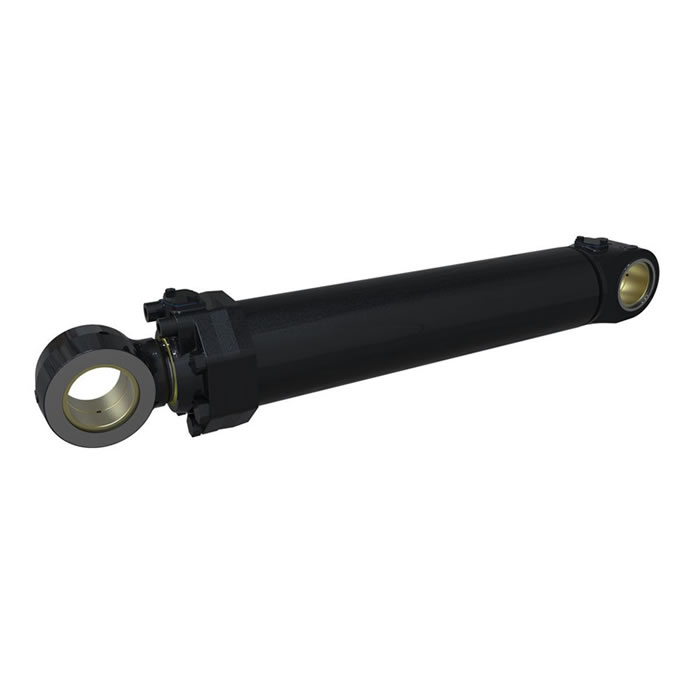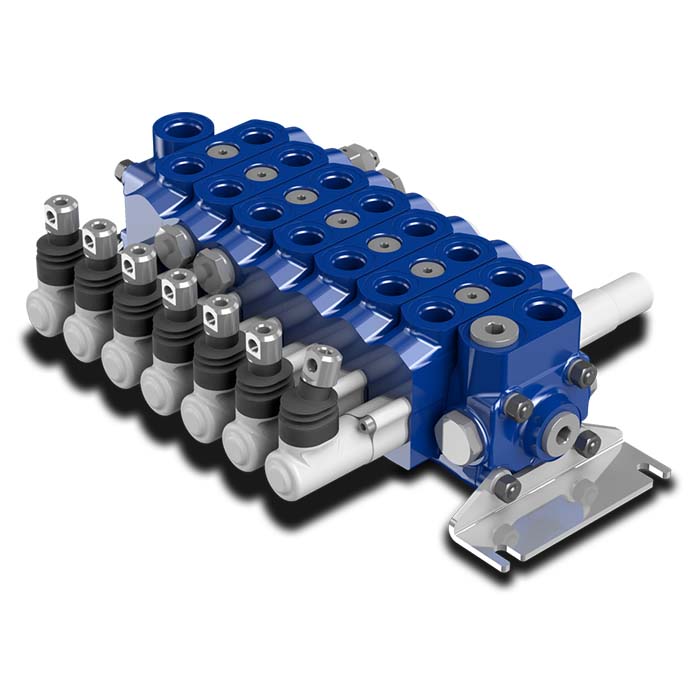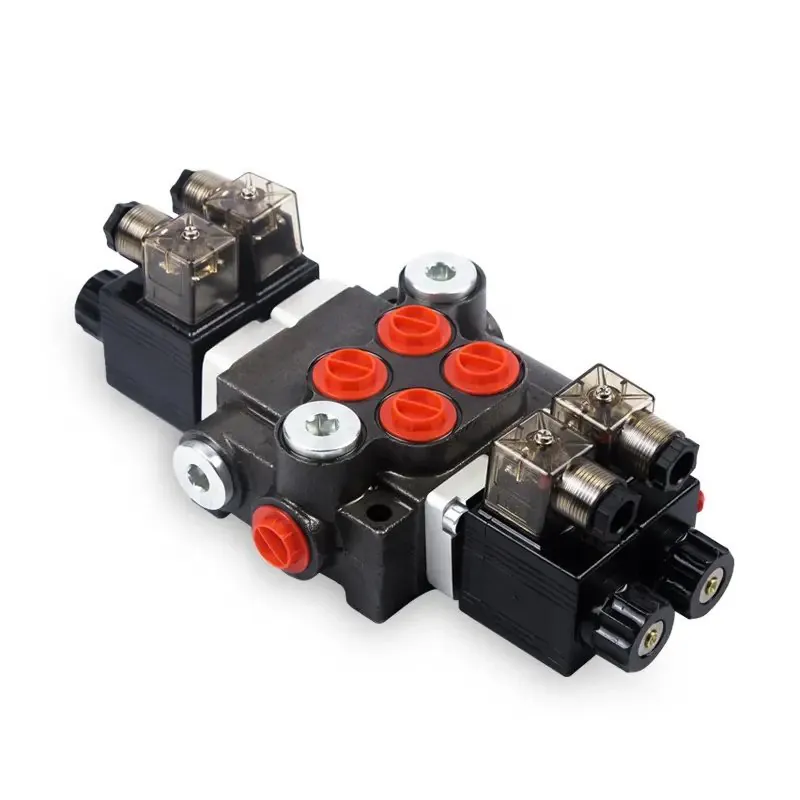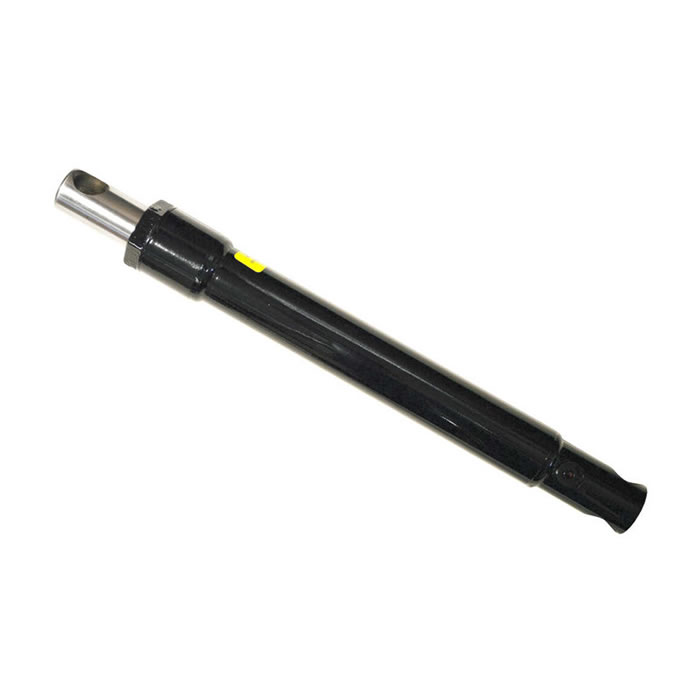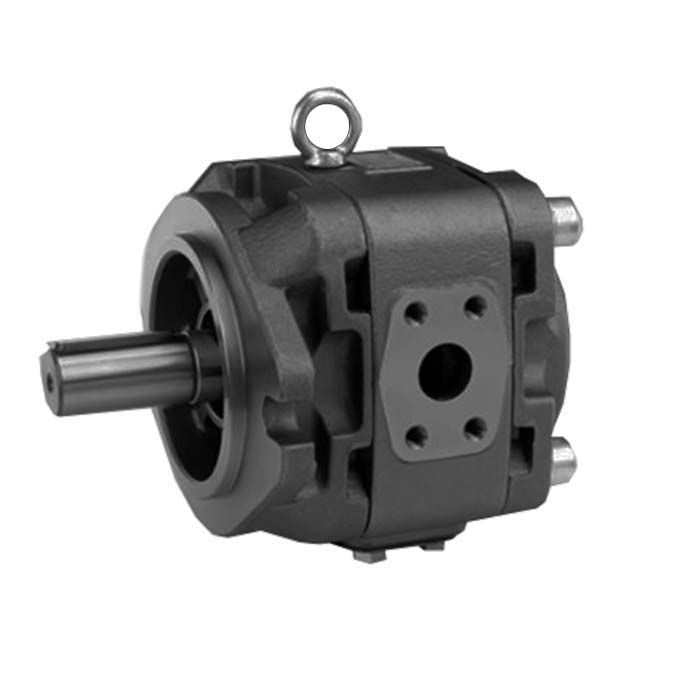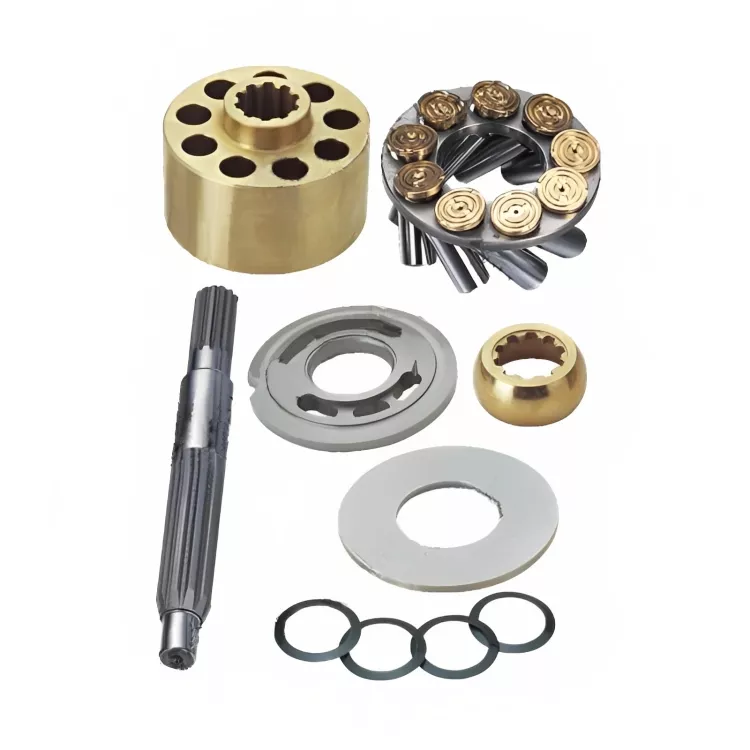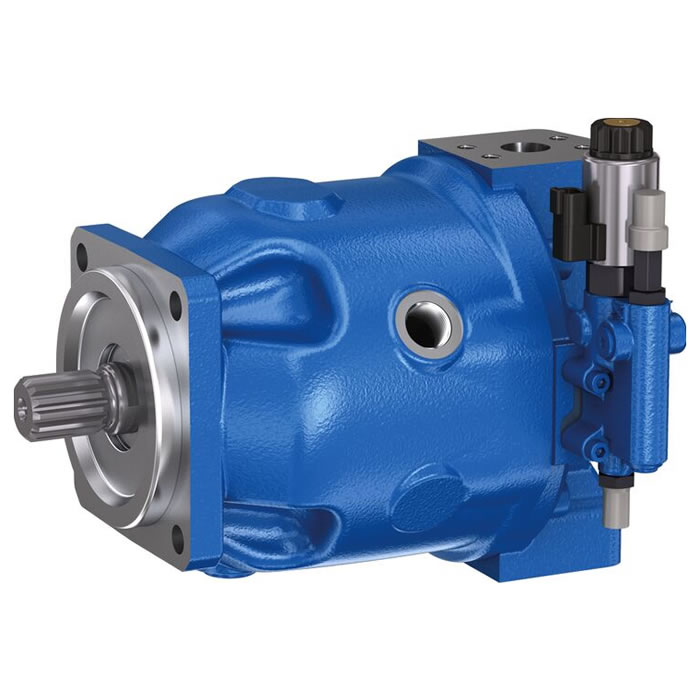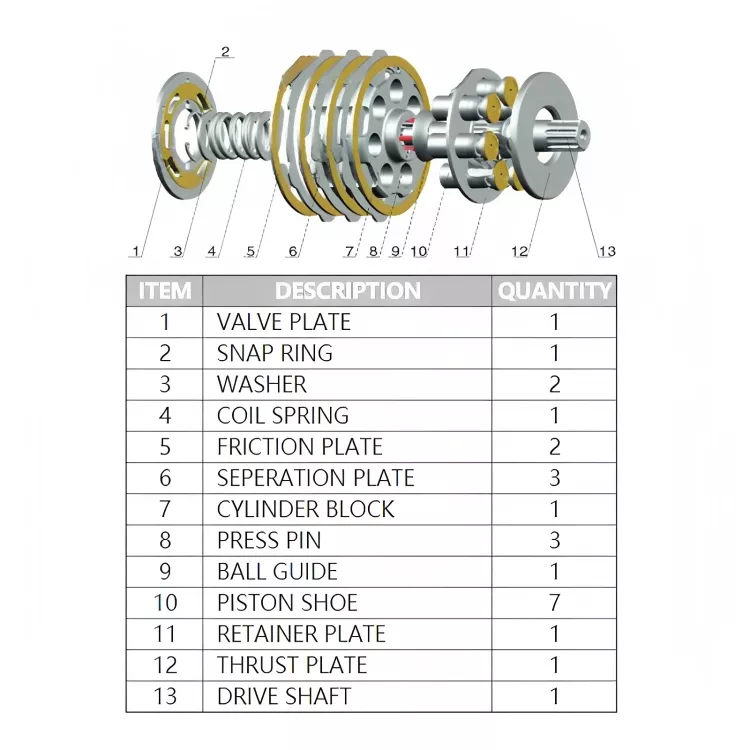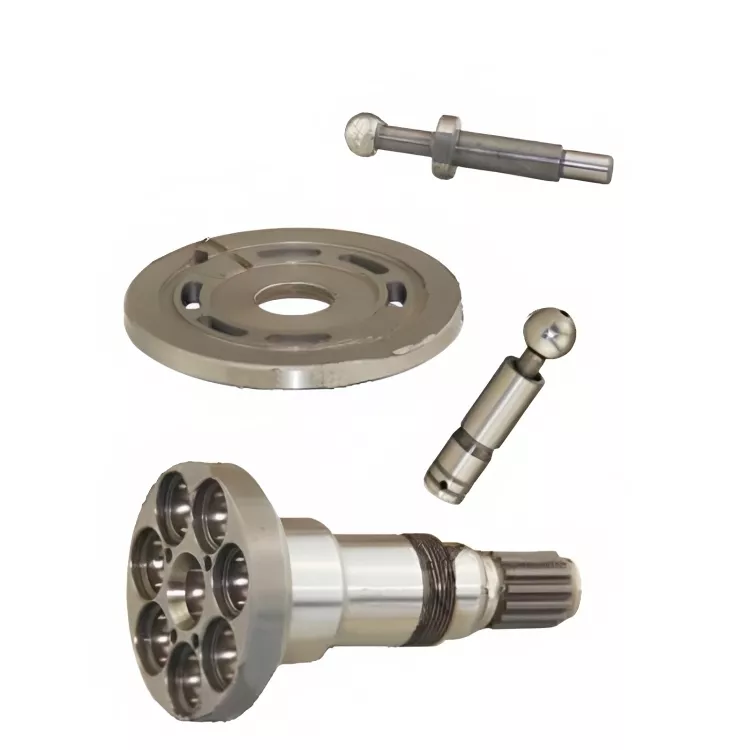Causes and Repair of Excessive Noise During Hydraulic Pump Operation
I. Introduction
Hydraulic pumps are the heart of Hydraulic Systems, and their working condition directly affects the efficiency and life of the entire hydraulic system. Excessive noise during hydraulic pump operation is a common fault, which can not only cause environmental pollution but also affect the normal operation of the hydraulic system and even lead to failures. Therefore, it is of great theoretical and practical significance to analyze the causes of excessive noise during hydraulic pump operation and propose repair methods.
II. Cause Analysis
The causes of excessive noise during hydraulic pump operation are complex and can be mainly summarized into the following categories:
1. Mechanical Factors
Poor alignment of pump shaft and motor shaft: Misalignment of the pump shaft and motor shaft will cause vibration of the coupling, resulting in noise.
Poor installation of coupling: Loose, worn, or misaligned couplings can also cause vibration and noise.
Pump body wear: Pump body wear can lead to increased internal clearance, leakage, and noise.
Wear or breakage of blades in Vane Pumps: Wear or breakage of blades can cause flow pulsation and noise.
Wear or breakage of gears in gear pumps: Wear or breakage of gears can cause poor meshing and noise.
Wear of piston rods in Hydraulic Cylinders: Piston rod wear can lead to increased clearance between moving parts and noise.
2. Hydraulic Factors
Cavitation: Air entering the hydraulic pump can cause cavitation, generating high-frequency noise.
Pressure fluctuations: Pressure fluctuations caused by load changes, relief valve operation, or system faults can also generate noise.
Leakage: Leakage inside or outside the hydraulic pump can generate noise.
Oil contamination: Impurities in the hydraulic oil can cause wear, corrosion, or jamming of internal components of the hydraulic pump, resulting in noise.
3. Other Factors
Pipe vibration: Loose pipe mounting or air bubbles in the pipe can cause pipe vibration and noise.
Motor noise: Motor bearing wear or motor failure can also generate noise.
III. Repair Scheme
The following repair schemes can be adopted to address the problem of excessive noise during hydraulic pump operation:
1. Identify the Noise Source
The first step is to identify the source of the noise, whether it is from the hydraulic pump itself or from other components. This can be done by sound source identification, vibration analysis, and other methods.
2. Eliminate Mechanical Factors
Check the alignment of the pump shaft and motor shaft and make adjustments as necessary.
Inspect the coupling for looseness, wear, or misalignment and replace it if necessary.
Replace worn pump bodies, blades, gears, or piston rods.
3. Eliminate Hydraulic Factors
Check the hydraulic oil level and eliminate cavitation.
Check the operation of relief valves, safety valves, and other components to eliminate pressure fluctuation faults.
Repair leaks in the hydraulic pump.
Filter the hydraulic oil and remove impurities from the oil.
4. Eliminate Other Factors
Reinforce pipe supports to eliminate pipe vibration.
Repair or replace the motor.
IV. Preventive Measures
To prevent excessive noise during hydraulic pump operation, the following preventive measures should be taken:
Select high-quality hydraulic pumps and hydraulic components.
Regularly inspect and maintain the hydraulic system and replace worn or damaged parts promptly.
Keep the hydraulic oil clean and replace it regularly.
Install and use the hydraulic pump correctly.
V. Conclusion
Excessive noise during hydraulic pump operation can not only cause environmental pollution but also affect the normal operation of the hydraulic system. Therefore, it is necessary to analyze its causes in depth, adopt effective repair schemes, and take preventive measures to ensure the normal operation of the hydraulic pump.

